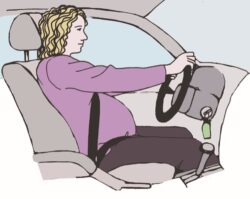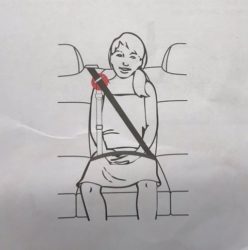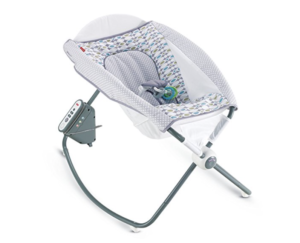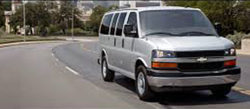Mere days before National Heatstroke Prevention Day on May 1, a 5-month-old baby girl in North Carolina was this year’s first victim of vehicular heatstroke. SRN reminds readers that heatstroke death is 100% preventable! Please utilize the extensive resources that exist to educate caregivers on this topic
Heatstroke Prevention Resources
Find free resources and information from the following sources:
Heatstroke Prevention Online Training
The National Safety Council (NSC) offers an online training module called “Children in Hot Cars.” This interactive training uses graphics, audio, and video to teach three main topics related to child heatstroke dangers:
- Why do cars heat up?
- How do children die in hot cars?
- What can YOU do?
The learner can progress at his or her own pace, following links to supporting studies, lists, and information found at the NSC site and others, such as noheatstroke.org and CDC.gov. Although the learner may opt to linger over an array of helpful links, the basic module takes only about 10 minutes to complete.
The training offers many practical tips to prevent heatstroke deaths and is suitable for any audience: CPSTs, caregivers, or any other member of the public.
Go to www.nsc.org and search “kids in hot cars” or click here to find the module. A certificate of completion is provided at the end of the training.
Heatstroke Prevention Bill
To learn about a bill, reintroduced to Congress in May 2021, that would require new vehicles to have built-in technology to remind people when a child has been left inside, click here. This site offers many other resources, including descriptions of the latest child-detection technology for vehicles and guidance for those who’d like to write to their legislator in support of the act.






